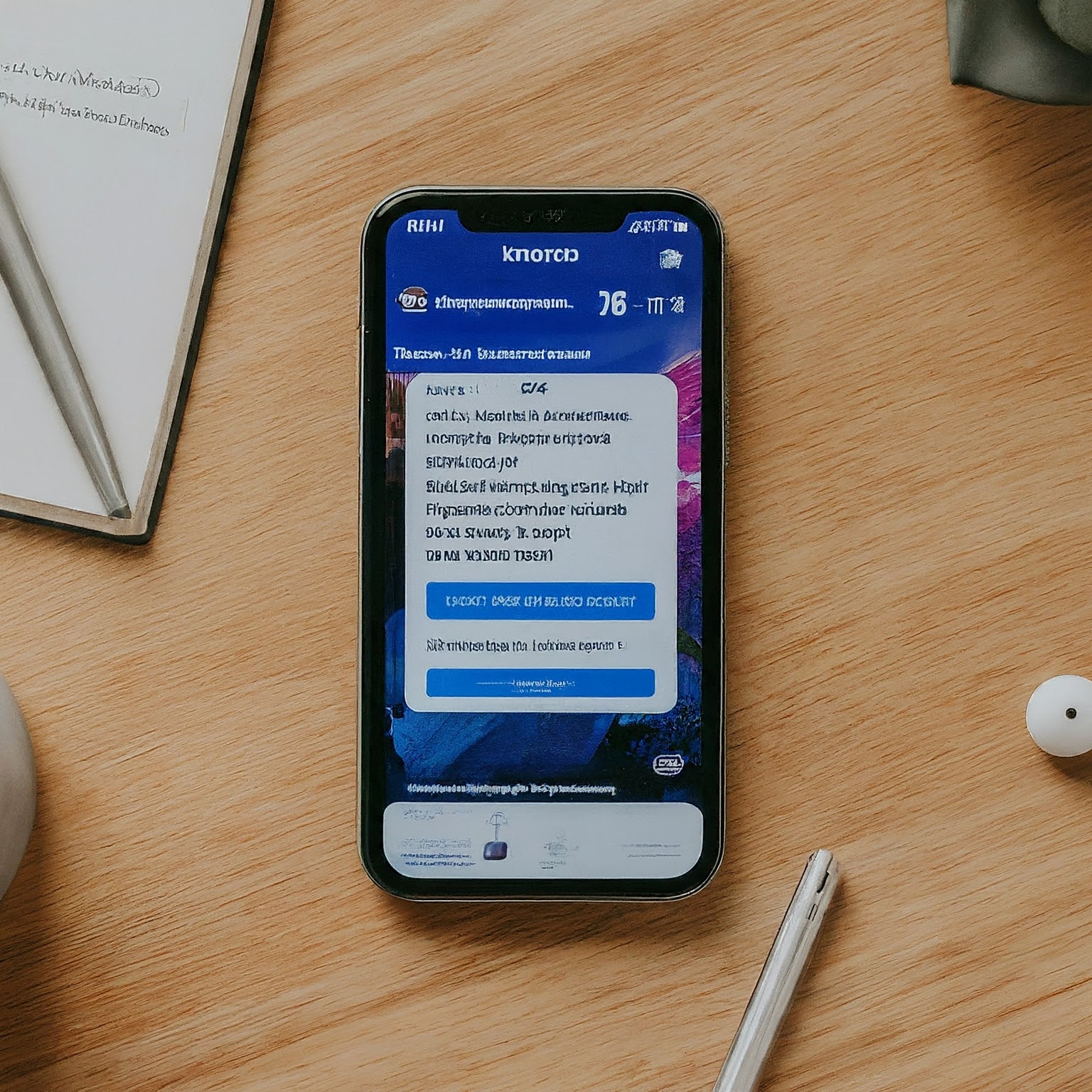In today’s fast-paced digital world, short codes have become an indispensable part of mobile communication. These shortened numbers provide a convenient way for businesses and organizations to communicate with their customers and audience. T-Mobile, as a leading telecommunications provider, utilizes a variety of T-Mobile short codes for diverse purposes, ranging from account management and customer support to marketing campaigns and promotions. This comprehensive guide will delve into the world of T-Mobile short codes, exploring their functionalities, benefits, potential drawbacks, and how to manage them effectively.

What are T-Mobile Short Codes?
T-Mobile short codes are five or six-digit numbers used by T-Mobile to send and receive text messages (SMS) and multimedia messages (MMS) for various purposes. These short codes are easier to remember and type than full phone numbers, making them ideal for quick and efficient communication. They are used for a wide range of functions, including:
- Account Management: Checking account balances, making payments, and updating personal information.
- Customer Support: Requesting assistance, reporting issues, and accessing self-service tools.
- Marketing Campaigns: Receiving promotional offers, participating in contests, and providing feedback.
- Service Notifications: Getting alerts about network outages, maintenance, or other service-related updates.
- Emergency Alerts: Receiving important notifications about weather emergencies, public safety alerts, and AMBER alerts.
Common T-Mobile Short Codes and Their Functions
T-Mobile utilizes a plethora of short codes for different purposes. Here are some of the most common ones and their corresponding functions:
Benefits of T-Mobile Short Codes
T-Mobile short codes offer numerous benefits to both the carrier and its customers:
- Convenience: They are easy to remember and type, making interactions with T-Mobile quick and hassle-free.
- Efficiency: Short codes enable faster communication than traditional phone numbers, allowing for rapid responses and updates.
- Targeted Communication: T-Mobile can use short codes to send targeted messages to specific groups of customers based on their interests or needs.
- Customer Engagement: Short codes facilitate interactive communication, enabling customers to participate in polls, surveys, and contests.
- Cost-Effectiveness: Short codes are often more affordable than sending messages through traditional phone numbers, making them a cost-effective communication tool for T-Mobile.
Potential Drawbacks of T-Mobile Short Codes
While T-Mobile short codes offer various advantages, they also come with potential drawbacks:
- Spam: Some customers might receive unwanted or spam messages from T-Mobile or third-party businesses using T-Mobile’s short code service.
- Confusion: The sheer number of short codes can be confusing for customers, especially if they don’t know what each code represents.
- Privacy Concerns: Some users might be hesitant to interact with short codes due to concerns about data privacy and security.
How to Manage T-Mobile Short Codes
T-Mobile provides several tools and options for customers to manage their interactions with short codes:
- Opting Out: You can typically opt out of receiving marketing messages from T-Mobile by replying with “STOP” to any promotional message.
- Blocking Short Codes: If you’re receiving unwanted messages from a specific shortcode, you can block it through your phone’s settings or by contacting T-Mobile customer support.
- Reporting Spam: If you receive spam messages from a T-Mobile short code, report them to T-Mobile and the relevant authorities.
Tips for Using T-Mobile Short Codes Safely
To ensure a safe and positive experience with T-Mobile short codes, follow these tips:
- Be Aware of the Codes You Use: Familiarize yourself with the common T-Mobile short codes and their functions to avoid confusion.
- Verify Legitimacy: If you receive a message from a shortcode you don’t recognize, verify its legitimacy before taking any action.
- Protect Your Information: Never share sensitive personal or financial information in response to a short code message unless you are certain it’s from a trusted source.
- Report Suspicious Activity: If you receive any suspicious or spam messages, report them to T-Mobile and the appropriate authorities.
Conclusion
T-Mobile short codes are an integral part of the carrier’s communication strategy, providing a convenient and efficient way to interact with customers. By understanding their functions, benefits, and potential drawbacks, and by utilizing the tools available to manage them, you can make the most of this technology and enjoy a seamless communication experience with T-Mobile.
Remember, stay informed, be cautious, and don’t hesitate to reach out to T-Mobile customer support if you have any questions or concerns about short codes.


